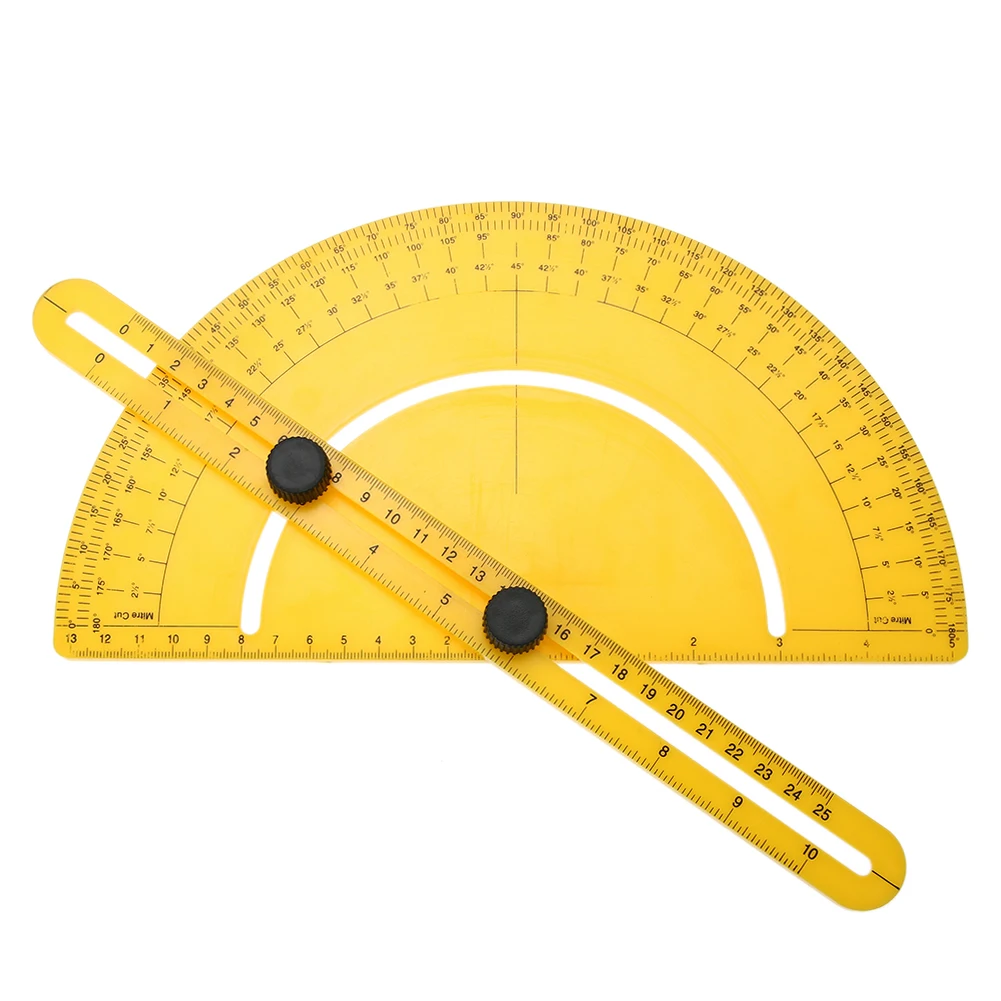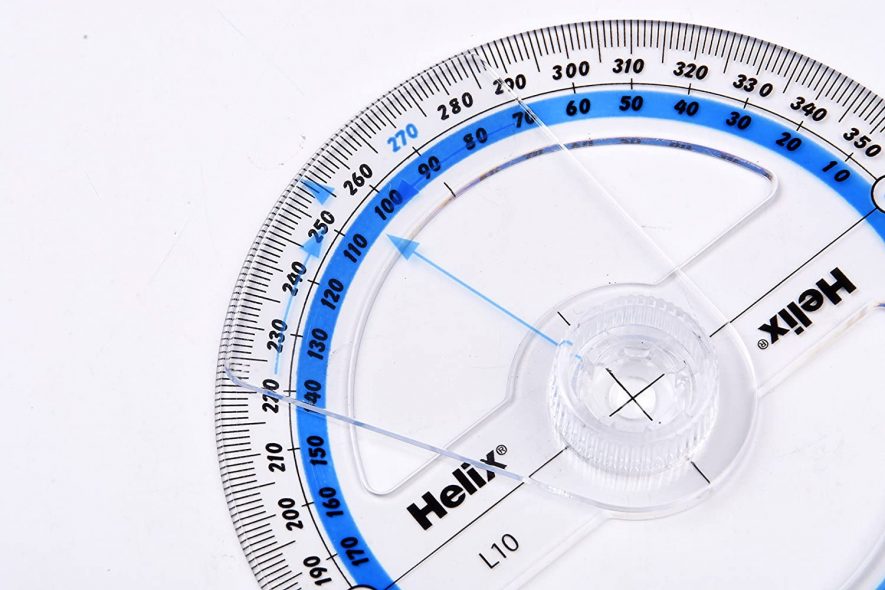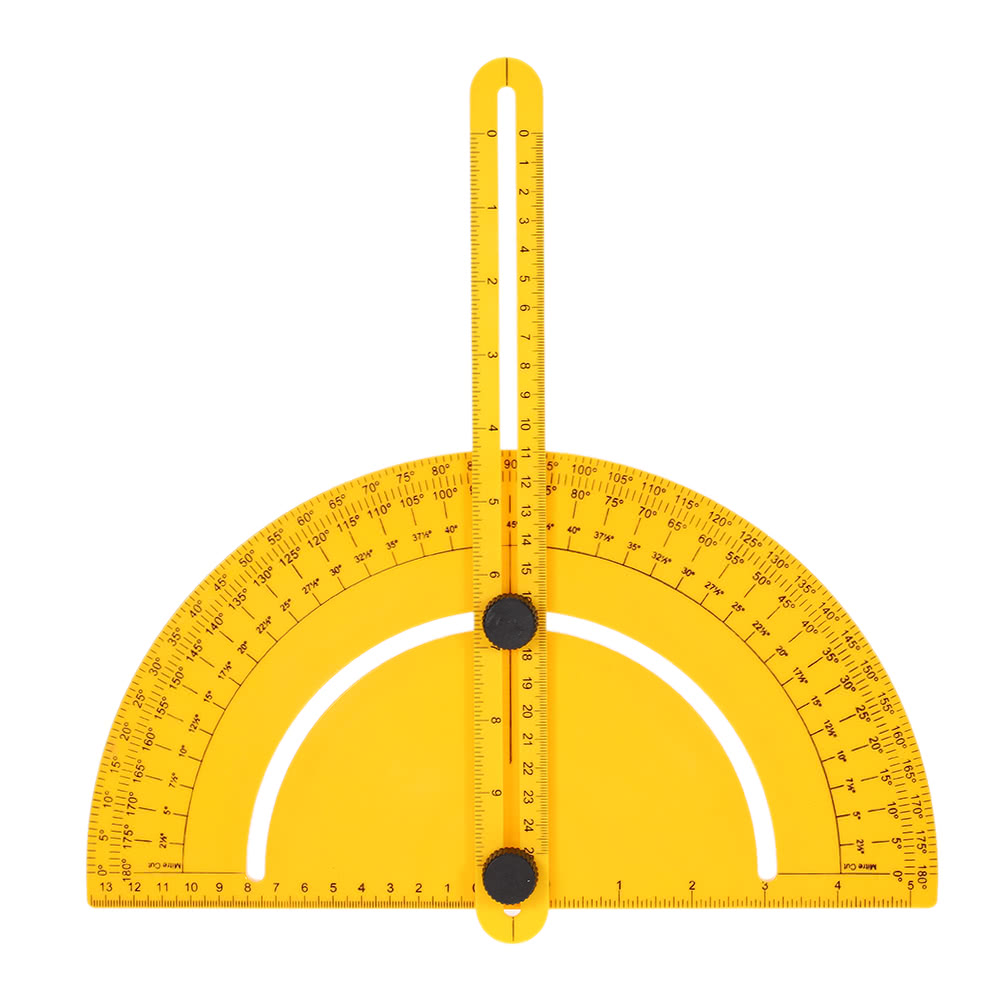
( en Inventor Edward Ostachowski Original Assignee Edward Ostachowski Priority date (The priority date is an assumption and is not a legal conclusion. Google has not performed a legal analysis and makes no representation as to the accuracy of the status listed.) Active Application number US16/422,018 Other versions US20190277614A1
#Angle protractor pdf#
Lock the protractor by turning on the Locked property in its track menu.- Google Patents US10443997B2 - Angle finder protractorĭownload PDF Info Publication number US10443997B2 US10443997B2 US16/422,018 US201916422018A US10443997B2 US 10443997 B2 US10443997 B2 US 10443997B2 US 201916422018 A US201916422018 A US 201916422018A US 10443997 B2 US10443997 B2 US 10443997B2 Authority US United States Prior art keywords protractor bevel bottom edge angle sliding Prior art date Legal status (The legal status is an assumption and is not a legal conclusion.


Locking the protractor prevents it from making any changes to the scale. You can attach to any point mass track including a center of mass, particle model or data track.Īttaching the points automatically unfixes the protractor. item in the protractor's track menu, then select the desired point mass tracks from the dropdown lists in the Attach Points dialog. To attach points, choose the Attach Points. This can be accomplished by creating a protractor and attaching its ends and/or vertex to the point masses. It is sometimes useful to measure the distances and angles determined by independent point mass tracks. Uncheck the Fixed Position checkbox in its track menu to allow these properties to vary independently from frame to frame. For finer control you can drag away from the vertex-a dashed line continues to connect the drag point to the arc arrow as shown.īy default, the protractor has a fixed position-that is, its vertex and arm positions are the same in all frames. Set the arc to a specific angle by clicking either the angle readout or toolbar field and entering the desired angle.ĭrag the center of either arm to move the entire protractor without changing the angle or orientation.ĭrag the arc arrow to rotate the entire protractor about its vertex without changing the angular arc. The arc arrow shows the direction (cw or ccw) of the arc and the angle readout and toolbar angle field display its value (positive if ccw, negative if cw). New protractors are placed at the center of the current viewport.Ĭlick and drag the vertex or circular end of either arm to adjust the arms.

Multiple protractors can be created as needed. To create a protractor, click the arrow on the Measuring Tools button and choose New|Protractor from the popup menu. The ruler diameter is determined by the base length, and larger diameters show finer angle resolution. To hide the ruler, uncheck the Ruler box on the toolbar.
#Angle protractor full#
It has a vertex, a base (solid) and measuring (dotted) arm, an arc arrow and an angle readout that displays in degrees or radians.Ī full 360-degree ruler (right image above) is also drawn by default. A protractor track is a tool for measuring angular arcs.


 0 kommentar(er)
0 kommentar(er)
